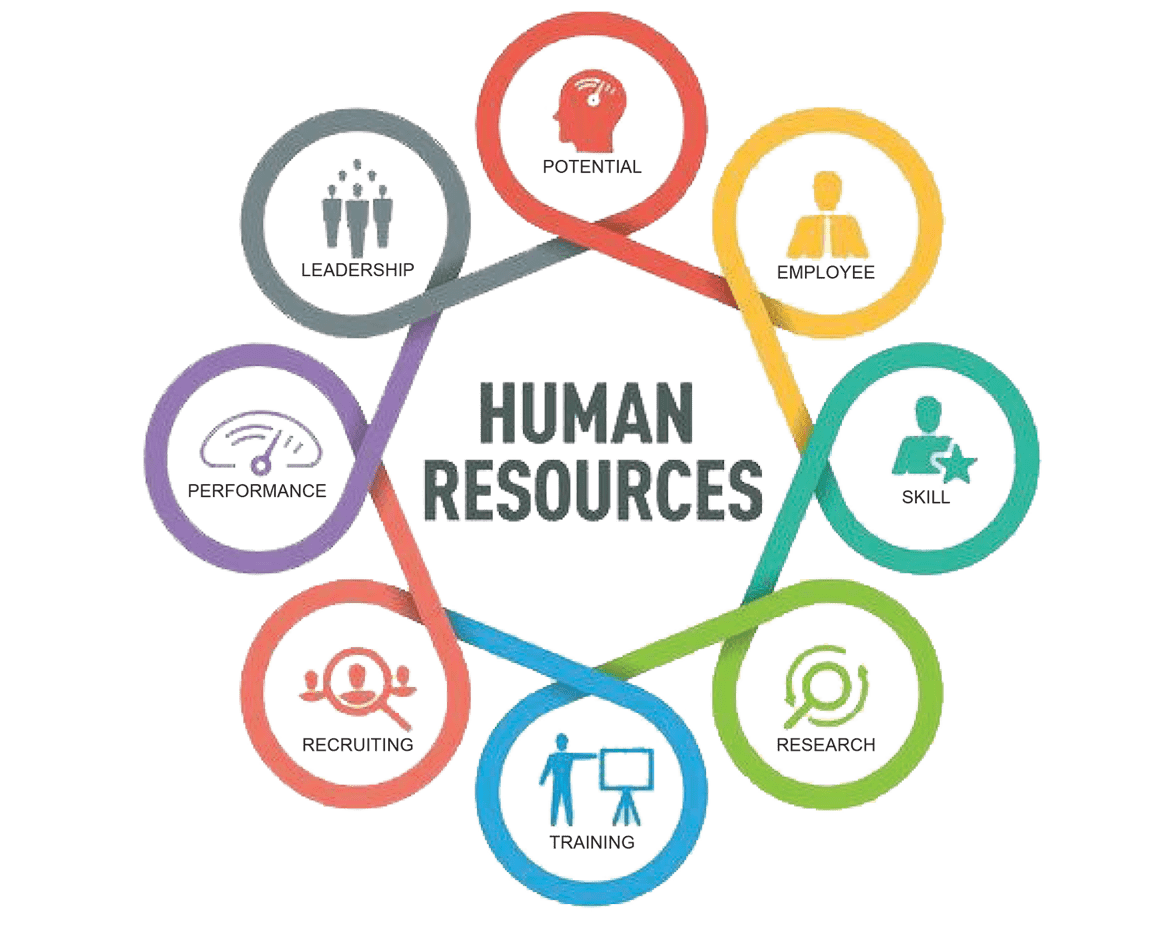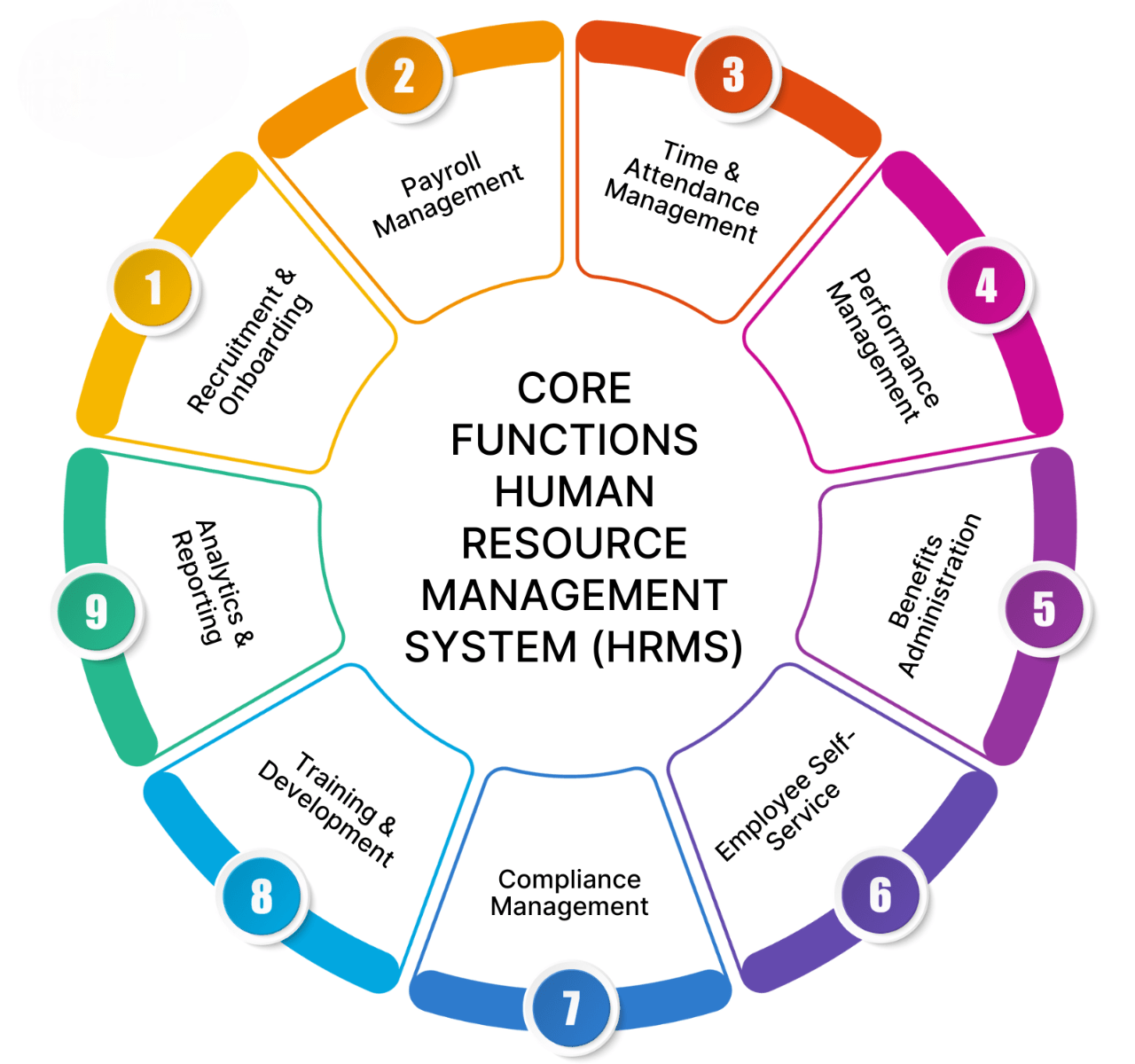
- Overview of HR Manager Role
- Key Responsibilities of an HR Manager
- Skills Required for an HR Manager
- HR Planning and Recruitment
- Training and Development
- Employee Relations Management
- Compensation and Benefits
- Compliance with Labor Laws
Overview of HR Manager Role
The Human Resources Manager Job Description plays a pivotal role in shaping the organizational culture and ensuring the effective management of human capital. As a strategic partner to leadership, the HR Manager oversees a range of functions, including recruitment and selection, employee relations, performance management, training and development, compensation and benefits, and compliance with labor laws. They are responsible for developing HR policies, aligning workforce strategies with business goals, and fostering a positive workplace environment that promotes engagement, productivity, and retention. A key part of the role involves advising managers on HR best practices and addressing workforce challenges such as conflict resolution, employee grievances, and organizational change. The Human Resources Manager Job Description also plays a critical role in talent planning by identifying skill gaps and implementing initiatives to build capabilities across the organization. With a strong emphasis on communication, ethical standards, and data-driven decision-making, the HR Manager acts as a liaison between employees and management, ensuring mutual understanding and alignment. Their role is dynamic and continuously evolving in response to changes in the labor market, technology, and organizational needs, making them essential to the long-term success and resilience of the company. This version incorporates the keyword twice naturally without interrupting the flow of the content.
Key Responsibilities of an HR Manager
- Recruitment and Talent Acquisition: Managing the full recruitment cycle, including job postings, candidate screening, interviews, and onboarding to attract and retain top talent is a key part of core HR responsibilities.
- Performance Management: Implementing performance appraisal systems, setting clear goals, and working with managers to monitor and enhance employee performance.
- Employee Relations: Addressing employee concerns, resolving conflicts, and promoting a positive workplace culture that supports communication and mutual respect.
The HR Manager plays a crucial role in managing people-related functions and aligning workforce strategies with organizational goals. They are responsible for both strategic and operational HR responsibilities that contribute to employee satisfaction, organizational development, and legal compliance.

- Training and Development: Assessing training needs and organizing learning initiatives to support employee growth and organizational capability.
- Compensation and Benefits Administration: Managing salary structures, benefits programs, and reward strategies to ensure internal equity and external competitiveness.
- Policy Development and Legal Compliance: Developing HR policies and procedures while ensuring compliance with labor laws and regulatory requirements to mitigate risks.
Skills Required for an HR Manager
An effective senior HR manager job description must encompass a diverse set of skills that combine interpersonal, strategic, and technical competencies to manage the dynamic needs of an organization. Strong communication skills are essential for clearly conveying information, resolving conflicts, and fostering healthy employee relations. Leadership and decision-making abilities enable HR Managers to guide teams, implement policies, and drive organizational change. They must be adept at problem-solving and critical thinking to address complex workforce issues and develop practical, ethical solutions, qualities that are fundamental in any senior HR manager job description. Emotional intelligence is equally important, allowing them to understand and manage their own emotions while empathizing with others to build trust and rapport. Organizational and time management skills help in juggling multiple responsibilities such as recruitment, compliance, and employee engagement. A solid understanding of labor laws, HR software systems, and data analysis is also crucial for maintaining legal compliance and making informed, data-driven decisions. Additionally, adaptability and continuous learning are necessary to stay updated with evolving workplace trends, technologies, and regulations. Together, these skills define the core of a senior HR manager job description, enabling them to act as a strategic partner to leadership while creating a productive, positive, and legally compliant work environment that supports both employee satisfaction and business success.
HR Planning and Recruitment
- Workforce Forecasting: HR Planning and Recruitment begins with analyzing current workforce capabilities and predicting future staffing needs based on business goals, expansion plans, and market trends.
- Job Analysis and Role Definition: Clearly defining job roles, responsibilities, and required qualifications ensures that HR Planning and Recruitment efforts are focused and effective in attracting suitable candidates.
- Sourcing Strategies: Utilizing multiple sourcing channels such as job portals, social media, recruitment agencies, and employee referrals to maximize the reach and effectiveness of HR Planning and Recruitment.
- Screening and Selection: Implementing structured interview processes, skill assessments, and background checks to ensure that HR Planning and Recruitment lead to high-quality hires.
- Onboarding and Orientation: A smooth onboarding process is vital to HR Planning and Recruitment as it helps new employees integrate quickly and feel connected to the organization.
- Monitoring and Evaluation: Regularly assessing recruitment metrics such as time-to-hire, cost-per-hire, and employee retention to refine HR Planning and Recruitment strategies for better outcomes.
- Open Communication Channels: Encouraging transparent and two-way communication helps in building trust and preventing misunderstandings between management and employees.
- Conflict Resolution: Addressing workplace disputes promptly and fairly is a crucial part of Employee Relations Management to maintain harmony and prevent escalation.
- Employee Engagement Initiatives: Organizing activities, feedback sessions, and recognition programs to boost morale and make employees feel valued and involved.
- Policy Development and Enforcement: Establishing clear HR policies and ensuring consistent enforcement supports fairness and reduces the risk of grievances.
- Handling Grievances: Providing a structured process for employees to voice concerns and ensuring timely, unbiased resolution promotes a supportive work culture.
- Compliance with Labor Laws: Ensuring that all employee-related practices align with legal standards helps in avoiding disputes and maintaining ethical practices in Employee Relations Management.
HR Planning and Recruitment is a critical function within human resource management that ensures an organization has the right number of employees with the right skills at the right time. It involves forecasting future workforce needs and implementing strategies to attract, select, and retain top talent. By aligning human resources with business goals, HR Planning and Recruitment helps improve productivity, reduce turnover, and support long-term organizational growth. Below are six key aspects of this essential process:
Training and Development
Training and Development is a vital function within human resource management that focuses on enhancing the skills, knowledge, and competencies of employees to support both individual and organizational growth. It involves identifying training needs, designing learning programs, and delivering effective development initiatives that align with business objectives. Training and Development not only help employees perform their current roles more efficiently but also prepare them for future responsibilities, promoting career advancement and internal mobility. This function includes various methods such as workshops, on-the-job training, e-learning, mentoring, and coaching to address diverse learning styles and job requirements. A well-structured Training and Development strategy improves employee engagement, boosts morale, and increases retention by demonstrating the organization’s commitment to continuous learning and professional growth. It also plays a critical role in bridging skill gaps, supporting organizational change, and maintaining competitiveness in a rapidly evolving market. Furthermore, by tracking progress and evaluating training effectiveness, HR can ensure that development efforts deliver measurable results. Ultimately, Training and Development is not just a support function but a strategic tool that drives innovation, performance, and long-term success within the organization.

Employee Relations Management
Employee Relations Management is a key aspect of human resource management focused on maintaining healthy, productive, and legally compliant relationships between employers and employees. It involves creating a positive work environment where communication is open, trust is built, and conflicts are resolved effectively. Effective Employee Relations Management contributes to higher employee satisfaction, better retention, and overall organizational success. Below are six essential components of this process:
Compensation and Benefits
Compensation and Benefits is a core function of human resource management that focuses on designing and managing employee reward systems to attract, motivate, and retain talent. It includes both monetary compensation, such as salaries, bonuses, and incentives, as well as non-monetary benefits like health insurance, retirement plans, paid time off, and wellness programs. A well-structured Compensation and Benefits strategy is essential for maintaining internal equity, ensuring external competitiveness, and aligning employee performance with organizational goals. By offering fair and transparent compensation, companies can boost employee satisfaction, enhance productivity, and reduce turnover. Benefits also play a key role in supporting employees’ physical, emotional, and financial well-being, contributing to a more engaged and loyal workforce. HR professionals must regularly review and update compensation structures to stay compliant with labor laws, reflect market trends, and support diversity and inclusion goals. In today’s competitive job market, Compensation and Benefits serve as a strategic tool for employer branding, helping organizations stand out and appeal to top talent. Ultimately, a balanced and well-managed compensation system not only rewards performance but also reinforces the company’s values and long-term success.
Compliance with Labor Laws
Compliance with Labor Laws is a critical function within human resource management that ensures an organization adheres to all legal requirements governing the workplace. These laws cover a broad range of topics, including employee rights, wages, working hours, workplace safety, discrimination, and employee benefits. Adhering to labor laws is essential for minimizing legal risks, avoiding penalties, and fostering a fair, ethical work environment. HR professionals are responsible for staying up to date with both federal and state regulations and ensuring that company policies align with current legal standards. This includes monitoring compliance with laws such as the Fair Labor Standards Act (FLSA), Occupational Safety and Health Act (OSHA), Equal Employment Opportunity (EEO) laws, and Family and Medical Leave Act (FMLA), among others. Effective compliance helps protect employees’ rights, reduce workplace disputes, and create a safer, more inclusive environment. It also helps organizations maintain a positive reputation and build trust with employees, regulators, and the public. Moreover, HR departments must provide regular training to managers and employees on legal requirements and best practices, ensuring that everyone in the organization understands their rights and responsibilities. Ultimately, Compliance with Labor Laws is essential for long-term business success and employee satisfaction.

